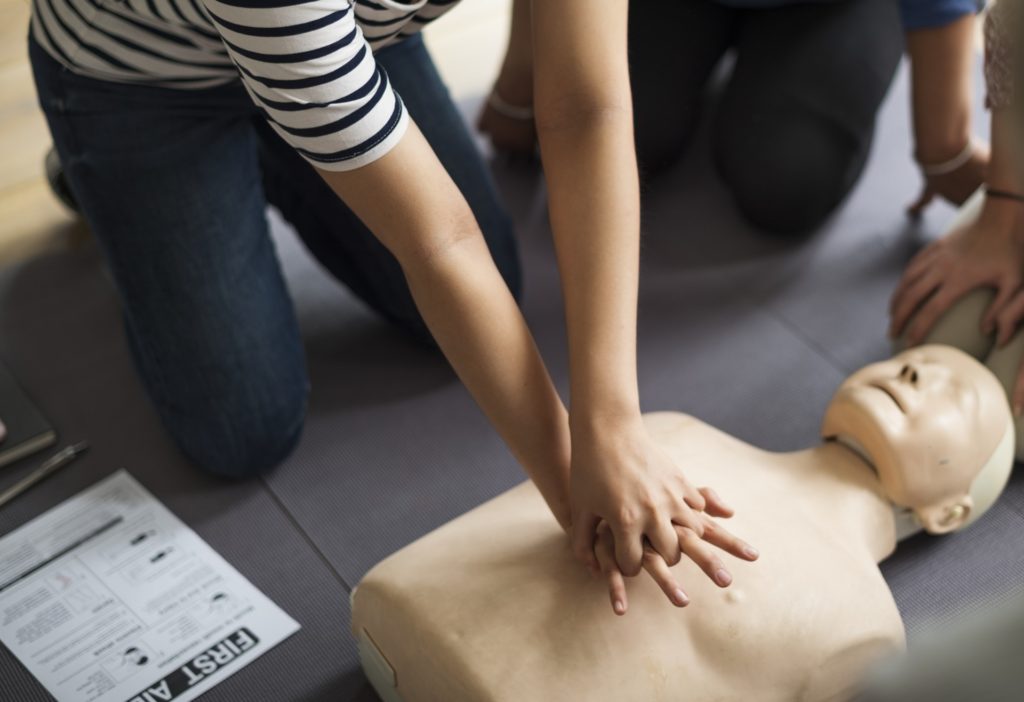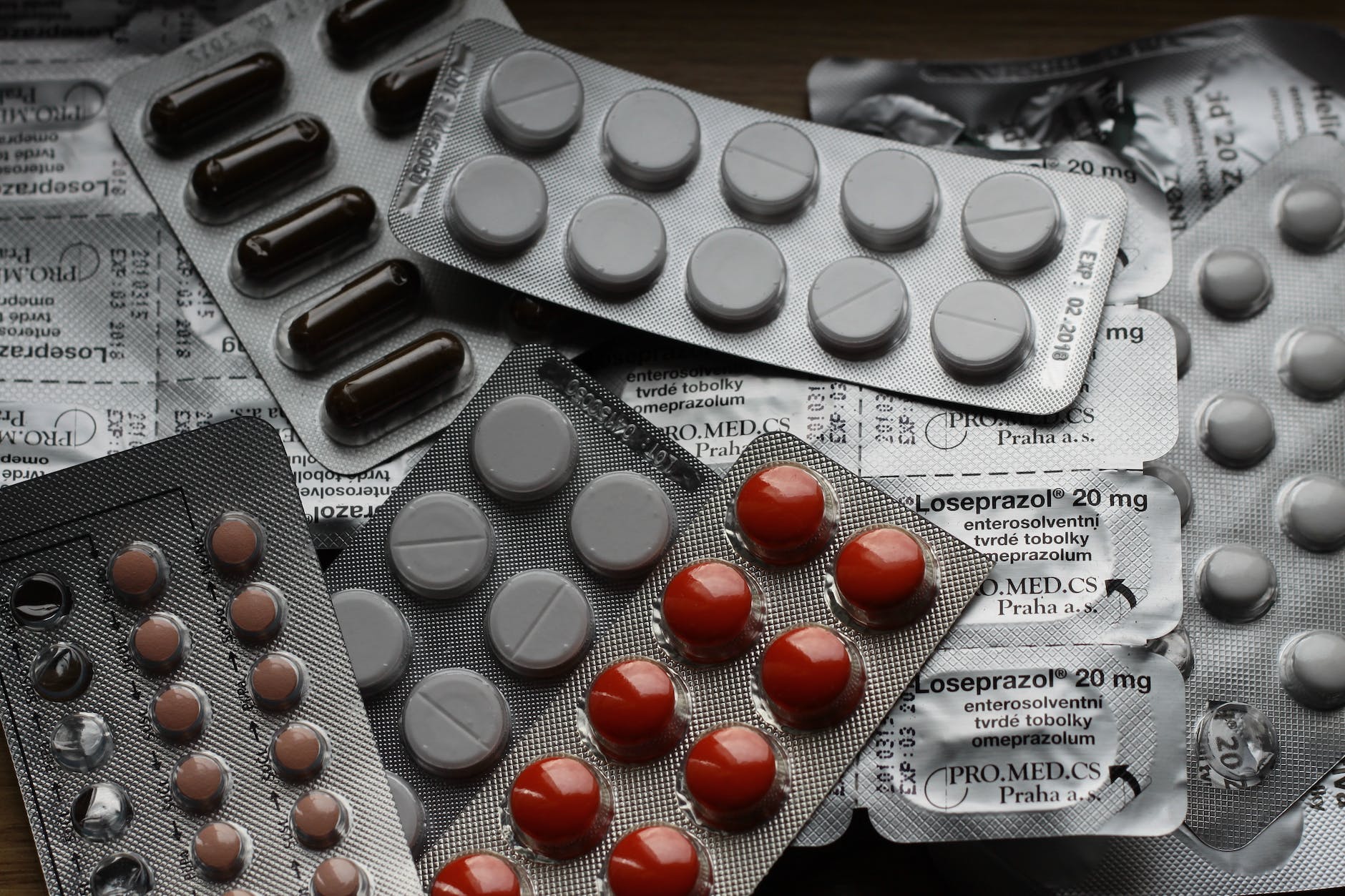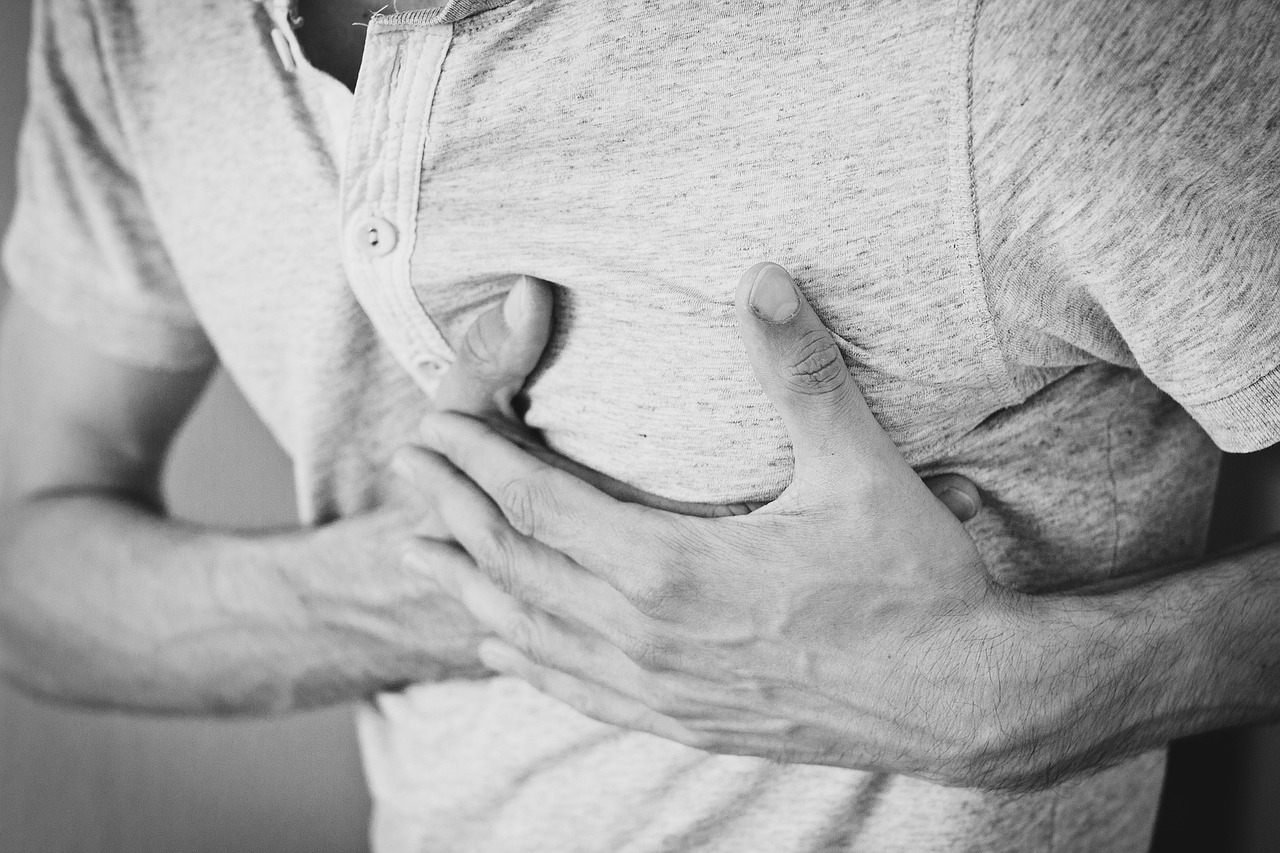A Detailed Look at a Common But Overlooked Issue
Sudden cardiac arrest (SCA) can be a traumatic physical and emotional experience. While a cardiac arrest often occurs without warning, the aftermath can bring new challenges during the recovery process. One of survivors’ most common yet overlooked issues is post-cardiac arrest chest pain.
In this page, we’ll look in-depth at the causes, characteristics, duration and treatments for post-arrest chest pain based on a survey of over 250 SCA survivors. The goal is to provide a clearer picture of what to expect after CPR and defibrillation so survivors and caregivers are better informed. Forewarned is forearmed regarding reducing anxiety and promoting healing after a life-threatening event.
What Causes Chest Pain After CPR?

Chest pain after cardiac arrest is typically caused by injuries sustained during CPR. Forceful and repeated chest compressions, combined with electric shocks from defibrillation, can bruise or even break ribs and damage chest cartilage or the breastbone (sternum).
Lung injuries like a collapsed lung are also possible, though less common. Understandably, this trauma to the chest area can leave lingering pain, soreness and tenderness for weeks or even months after the SCA. The pain often worsens with breathing, coughing or movement.
While chest pain can also indicate recurring heart problems, this is not usually the case post-arrest as long as the initial cardiac condition has been treated. Ischemia from blockages or arrhythmias are far more likely to cause chest discomfort before rather than after resuscitation.
Still, the fear that “it’s happening again” is real and weighs heavily on survivors when chest pains strike. More information on what to expect can help ease worries about recurring cardiac events.
Characteristics and Severity of Post-CPR Chest Pain

Post-resuscitation chest pain can vary from mild muscle soreness to more intense, even debilitating pain. Based on survey feedback from over 250 survivors, here are some of the most common ways they described the pain:
- Sharp, stabbing pain in the chest or rib area
- Pain with breathing, coughing, sneezing or laughing
- Severe throbbing, aching or “heavy” pain
- Pain from broken ribs or sternum fracture
- Sensation of soreness or being bruised around ribs/chest
- Discomfort when moving or sitting up
- Radiating shoulder or back pain
Many used phrases like “being beaten up or hit by a truck” to convey the post-CPR pain experience. While intensely uncomfortable, these symptoms generally point to injured ribs, cartilage and muscle damage rather than ongoing heart issues.
About 20% of survivors were eventually diagnosed with cracked/fractured ribs or a broken breastbone as the cause. However, even without specific fractures, most reported significant chest wall trauma and the lingering pain that comes with it.
How Long Does Post-Cardiac Arrest Chest Pain Last?

The duration of post-CPR chest pain or discomfort varies quite a bit from person to person. From the survivor surveys, here is a breakdown of how long the pain symptoms persisted:
- Less than 1 week: 10%
- 1 to 2 weeks: 6%
- 2 to 4 weeks: 13%
- 1 to 3 months: 31% (most common)
- 3 to 6 months: 12%
- 6 to 12 months: 2%
- Over 1 year: 14%
- Ongoing: 3%
As these statistics show, while a third felt better within a month, the pain lasted 2 to 3 months for most. Up to 20% still had some discomfort at the 6-months or beyond.
The takeaway is that chest pain for weeks or even months after an SCA is very common. While severity often decreases over time, symptoms can persist longer than many survivors expect. This knowledge allows for better mental preparation and patience with the body’s healing.
Treatment Options for Post-CPR Chest Pain

The mainstay treatments for post-cardiac arrest chest pain are pain medication, rest, ice/heat application and time for bruising or fractures to heal:
Pain Medication – Over-the-counter options like Tylenol or prescription medications like narcotics help relieve discomfort during recovery. Avoid non-steroidal anti-inflammatories (NSAIDs) like ibuprofen, which can interfere with healing after cardiac events. Always consult your doctor about appropriate pain relief options.
Rest/Restricted Activity – Limiting physical exertion helps reduce further injury. Ease back into daily activities gently over time. Avoid heavy lifting or reaching motions that aggravate pain. Adjust your sleeping position using pillows or cushions to decompress the chest.
Ice/Heat – Applying ice packs or a heating pad for 15 to 20 minutes can help ease post-CPR soreness and swelling. Use caution with ice if you have reduced sensation—alternate hot and cold therapy for best results.
Time – Ultimately, recovery takes time as bruising heals and ribs/cartilage/sternum injuries mend. The pain usually gradually improves over weeks to months. If there are any new symptoms, please don’t hesitate to contact your doctor right away.
Physical or occupational therapy may also aid recovery through gentle strengthening exercises, posture correction and recommendations for safe movement. However, the therapies above form the cornerstone of post-SCA chest pain management.
Coping Mentally and Emotionally with Post-CPR Pain

In addition to the physical aspects, experts emphasise the need to care for the emotional and psychological impacts of an SCA and post-arrest pain. PTSD and anxiety are very real mental health concerns. Having an understanding support system is invaluable.
Many survivors experience fear about what the chest pain means, worries over another cardiac event or frustration at ongoing symptoms. Counselling, mindfulness exercises, support groups and practising self-care are all helpful to process the trauma and maintain hope.
Patience with the body’s healing timeline is also encouraged. Even severe pain does gradually improve over weeks to months in most cases. Look for small gains week to week, and celebrate your body’s remarkable ability to mend.
Conclusion: What We Can Learn from Post-CPR Chest Pain

In many ways, post-resuscitation chest pain provides a silver lining – it means you survived! As one cardiac arrest survivor stated, “Only the lucky ones get to feel the compression pains.” Though intensely uncomfortable, in most cases, it represents the beginning steps back to recovery.
The insights from over 250 respondents who experienced these symptoms firsthand reinforce common themes:
- Expect some degree of chest pain after CPR – it’s very normal
- Understand the cause is likely trauma from compressions/defibrillation rather than ongoing heart issues
- Recognise the pain may last weeks or months but should gradually improve
- Use pain management strategies and gentle movement to aid healing
- Address emotional health impacts – anxiety/fear/PTSD – with support systems
Forewarned is forearmed.
We hope this inside look offers knowledge and reassurance for the many survivors who will navigate these symptoms. The more informed patients and caregivers are, the better equipped they’ll be to promote the healing of both body and mind after an SCA.

